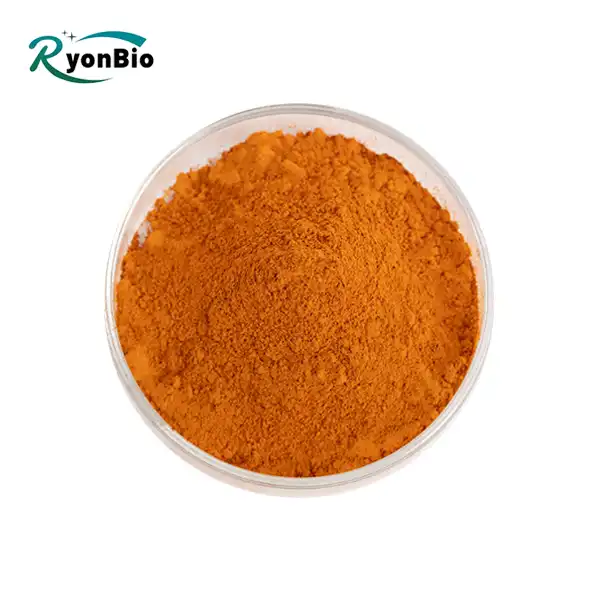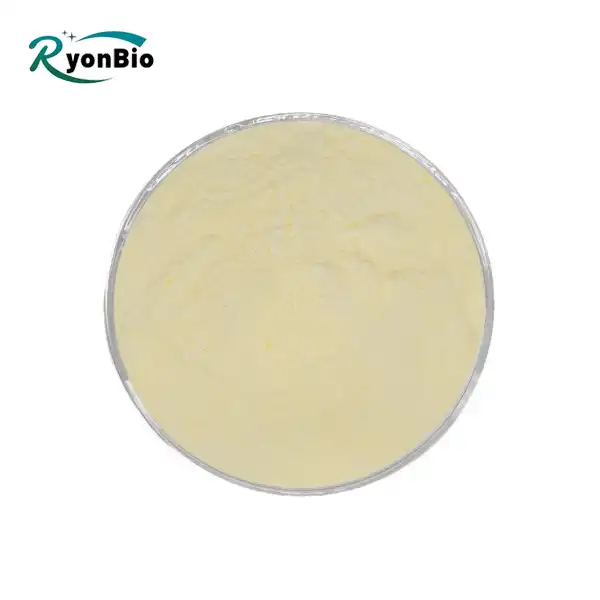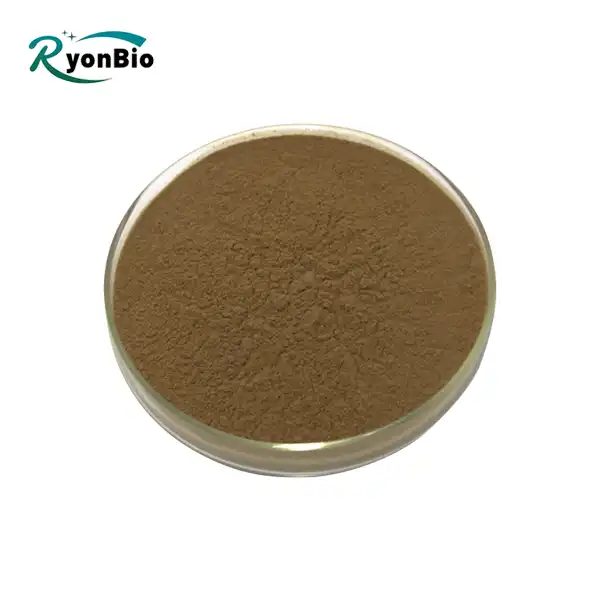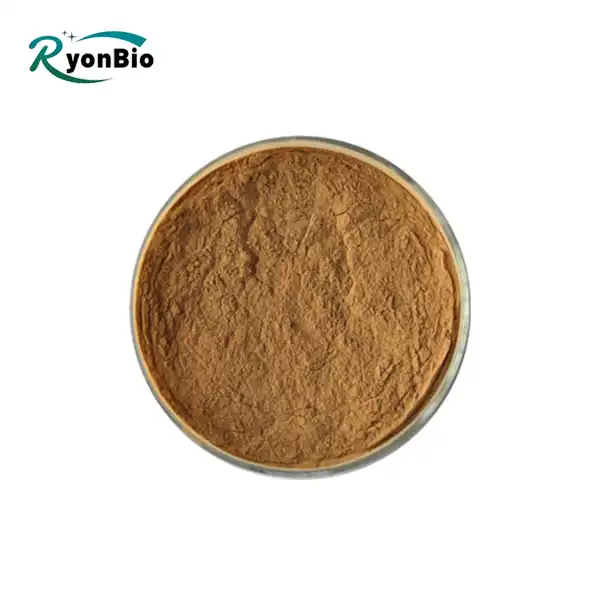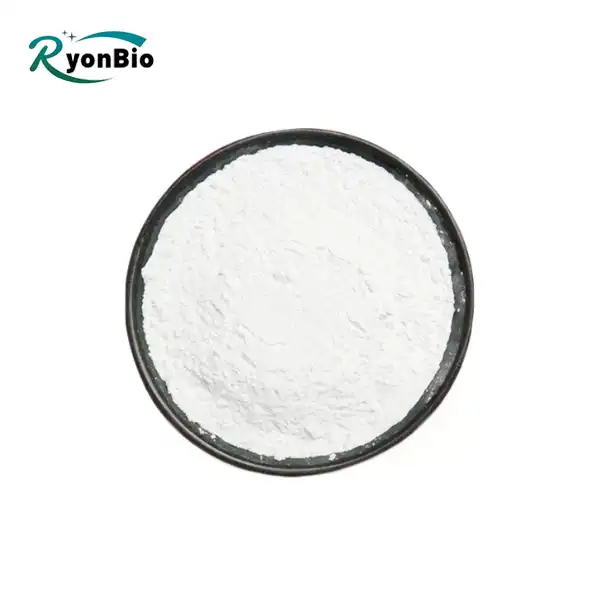Types of Wood Commonly Used for Gym Floors
The most common type of wood used for gym floors is maple. Maple wood is renowned for its durability, strength, and fine grain, making it an ideal choice for high-traffic areas like gyms. There are several species of maple, but the most popular for gym floors is hard maple (Acer saccharum), also known as rock maple or sugar maple.
Another wood commonly used is oak. While not as popular as maple, oak still provides excellent durability and a unique aesthetic. Red oak and white oak are the two primary types used, with white oak being more prevalent due to its strength and resistance to moisture.
Beech and birch are also used occasionally, though they are less common. Beech offers good shock resistance and a smooth texture, while birch provides a lighter color and fine grain.

Benefits of Using Hardwood for Gym Floors
Using hardwood for gym floors has several benefits. First, hardwoods like maple and oak provide a uniform surface that is ideal for various sports and activities. The fine grain of maple, in particular, ensures a smooth and consistent playing area, reducing the risk of injury.
Durability is another significant advantage. Hardwood gym floors can withstand heavy use and impacts from activities like basketball, volleyball, and gymnastics. Properly installed and maintained hardwood floors can last for decades, making them a cost-effective choice in the long run.
Hardwood floors also offer excellent aesthetic appeal. The natural beauty of wood adds a warm and inviting atmosphere to any gym. Additionally, wood floors can be sanded and refinished multiple times, allowing for the removal of scratches and the restoration of the floor's original luster.
|
|
|
|
Maintenance and Care for Gym Floors
Maintaining hardwood gym floors is essential to ensure their longevity and performance. Regular cleaning is the first step in proper maintenance. Sweeping or dust mopping daily removes dirt and debris that can cause scratches. It’s important to use a dust mop with a microfiber head, as it is gentle on the wood surface.
Periodic deep cleaning is also necessary. This involves using a specialized wood floor cleaner and a damp mop. It’s crucial to avoid excessive water, as it can damage the wood. Instead, use a lightly dampened mop and immediately dry the floor after cleaning.
Refinishing is another vital aspect of maintenance. Over time, the finish on gym floors can wear down, leading to a dull appearance and decreased protection. Depending on the level of use, gym floors should be refinished every 5-10 years. This process involves sanding down the top layer and applying a new finish, restoring the floor's appearance and protective qualities.
Preventative measures can also extend the life of gym floors. Using mats at entrances can help reduce the amount of dirt and moisture brought onto the floor. Additionally, placing protective pads under heavy equipment can prevent dents and scratches.

Installation Considerations for Gym Floors
When installing gym floors, several factors need to be considered to ensure optimal performance and longevity. One critical aspect is the subfloor. A proper subfloor provides a stable and level base for the hardwood. It also contributes to shock absorption, which is essential for sports activities. Common subfloor materials include plywood and engineered wood panels, often combined with a cushioning layer to enhance performance.
Climate control is another important consideration. Wood is sensitive to changes in temperature and humidity, which can cause it to expand or contract. Maintaining a consistent indoor climate helps prevent these issues. It's recommended to keep indoor humidity levels between 35% and 50% and temperature between 55°F and 75°F.
The installation process itself requires precision and expertise. It typically involves laying the subfloor, installing the hardwood planks, and then sanding and finishing the surface. Proper acclimation of the wood before installation is crucial. This involves storing the wood in the gym environment for a few days to allow it to adjust to the local temperature and humidity.

Environmental Impact and Sustainability
Sustainability is a growing concern in all aspects of construction, including gym floors. Using sustainably sourced wood helps minimize environmental impact. Certified wood products, such as those with Forest Stewardship Council (FSC) certification, ensure that the wood is harvested responsibly.
Additionally, the longevity of hardwood gym floors contributes to their sustainability. Unlike synthetic materials that may need frequent replacement, hardwood floors can last for many years with proper care. This reduces the need for new materials and minimizes waste.
Advances in wood finishes and adhesives have also improved the environmental footprint of gym floors. Low-VOC (volatile organic compounds) finishes and adhesives reduce harmful emissions, creating a healthier indoor environment.

Economic Considerations
While the initial cost of hardwood gym floors may be higher than some alternatives, their durability and low maintenance costs can make them more economical in the long run. The ability to refinish the floors rather than replace them entirely is a significant cost-saving factor.
Investing in high-quality installation and maintenance can further enhance the economic benefits. Properly installed and maintained gym floors not only last longer but also maintain their appearance and performance, adding value to the facility.
Conclusion
Choosing the right wood for gym floors is a decision that impacts performance, aesthetics, and longevity. Hardwoods like maple and oak are the preferred choices due to their durability, smooth surface, and aesthetic appeal. Proper maintenance, including regular cleaning and periodic refinishing, ensures that these floors remain in top condition for many years.
For those looking to install or maintain gym floors, understanding the types of wood available and the benefits they offer is essential. By considering factors such as installation techniques, environmental impact, and economic considerations, you can make an informed decision that meets both your needs and budget.
For more detailed information or specific inquiries about gym floors, feel free to contact us at kiyo@xarbkj.com.
References:
1. Maple Flooring Manufacturers Association. (2022). "Maple Flooring: The Gold Standard for Gym Floors." Retrieved from http://www.maplefloor.org.
2. "Sustainable Wood Flooring Options." (2023). Green Building Alliance. Retrieved from https://www.go-gba.org/resources/green-building-methods/sustainable-wood-flooring.
3. "Gym Floor Maintenance Guide." (2021). National Wood Flooring Association. Retrieved from https://www.woodfloors.org/gym-floor-maintenance.aspx.
4. Smith, J. (2020). "The Economics of Gym Floor Installation." Journal of Sports Facility Management, 12(3), 45-58. Retrieved from https://jsfm.org/economics-gym-floor-installation.



